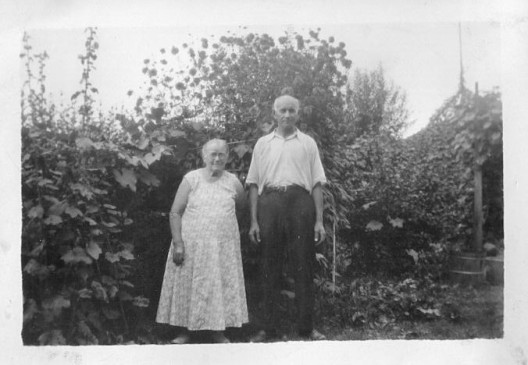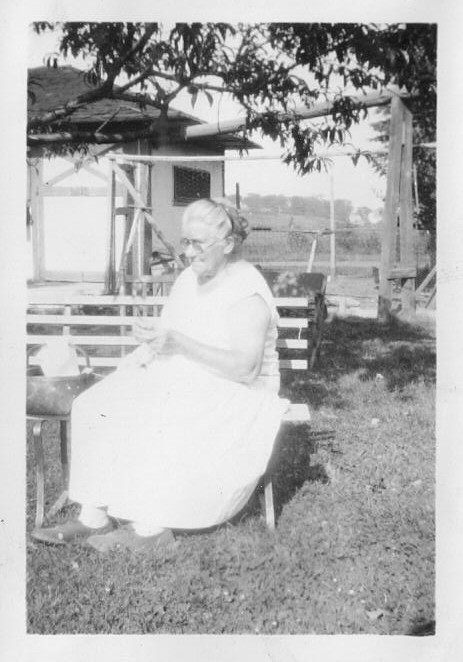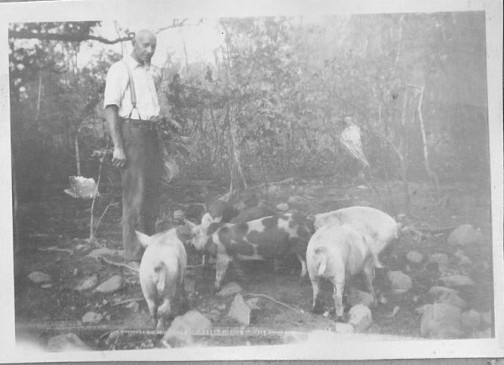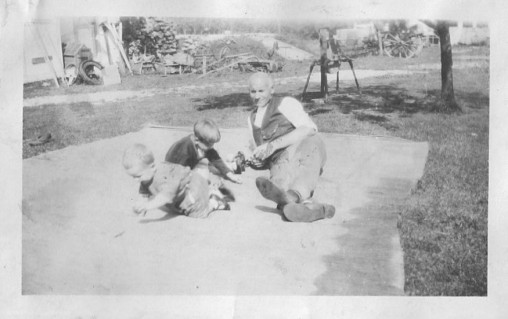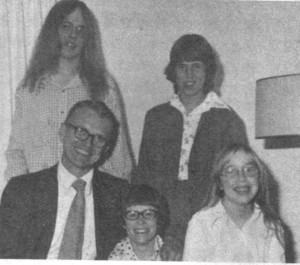I recently returned from spending two-plus weeks with my mother. In a closet in Mom’s guest room were five plastic tubs of historical “stuff.” While I was there helping Mom during and post-glaucoma surgery, she asked me to open, inventory, and evaluate the contents of these tubs.
Some items were clearly destined for the landfill, such as Dad’s daily planners from the ’80s and ’90s, in his trademark undecipherable handwriting. Posterity does not need to know Dad’s meetings.
However, there were multiple treasures found! It was really something to look at them all.
Some treasures, pertaining to Mom’s side of the family, after being enjoyed by Mom and I, were repacked back in a tub for her to keep, such as letters us three children wrote to grandpa and grandma Wirth as children in the ’60s to thank them for gifts and such, in the form of both text and crayon art, the scrapbook/picture book great-grandmother Elise Reutzel Wirth compiled for Mom when she was a child, which I pored over again and again as a little girl, etched forever into my consciousness–containing a mixture of tributes to one’s mother, vivid color pictures of vegetable plants, sweet pictures of cats and dogs, 1930s ads, etc., etc.
Other treasures, pertaining to Dad’s side of the family, Mom felt like she did not know what to do with; with those, she hinted she might get ruthless and dispose of them, should she move from her present duplex in her “continuous care facility” to an apartment in the main building.
I know I inherit both a strong O/C, or neat-freak, gene from both my parents, but also a strong family history cherishing socialization. Thus it is that I can both identify with Mom’s wish to clean out her closet in case she decides to downsize from her duplex and Dad’s earlier wish to keep all family-related archives. So, I sorted all the tubs, and ended up mailing myself two cartons of archival material to myself, which I received yesterday.
These range from extremely valuable family treasures, such as archives that Dad, in a similar fashion to me, must have preserved from his own parents’ archives–photos from the “old country” in the Ukraine plus very old letters, to semi-valuable folders of material, such as all of Dad’s letters submitted to the cousin letter, a.k.a. Rundbrief, starting in the ’80s, to Oma Mary’s original handwritten manuscripts of several of her books and reports, to material somewhere in the grey area of dear and “interesting.”
Then also, this month, my aunt from Washington state mailed a photo album to my brother with “Ontario, California” on the front, presumably put together by Oma Mary Janzen, with dear, touching photos of Dad and his siblings as toddlers and children. My brother’s and my mission, should we choose to accept it, is to scan the best of these photos, identify who is in them, and share them with the extended family.
Anyhoo, it looks like I don’t need to go through the post-major-project despondence I feared might happen once I completed the latest edition of Oma Mary’s book, which I did at the end of November. There looks to be enough family material to categorize/scan/share/file to get me through another long central PA winter!


